Seeking Sun on the Wild South Island
The South Island of New Zealand delivered fantastic views and compelling countryside. We just wished it was a little warmer and a little less rainy.
At the beginning of December, Shadie and I headed to the airport for one of our longest flights on the trip, from Bali, through Sydney, on to Queenstown, New Zealand on a red eye. The next morning, we emerged far from the edge of the equator blinking into the chilly winds of the far southern hemisphere. And also antipodal to the crowded streets in Bali, the roads and surrounding lands were quite quiet and sparsely populated. You can tell this is one of the lowest population density nations in the world. But like Bali (and most other nations we have visited on this trip) people drive on the left side of the road. Renting a car for the first time on our adventure, we had to quickly adjust!
After picking up the car, we settled into our Airbnb and went grocery shopping, trying to create a warm welcome for my parents, who were flying in to join us for a couple weeks after spending a week first in Sydney.
Queenstown proved a great introduction to South Island and New Zealand. The small town is wrapped around the edges and up the hills surrounding an absolutely stunning Lake Wakatipu and beyond those views of the rapidly rising Southern Alps1. We enjoyed several days going on short hikes and drives around town, exploring weekend art markets along the lake shore, attending a local Crossfit gym, and cooking up lamb (my dad's favorite and one of the few foods that are cheaper than the States here) in our Airbnb. Perhaps the most memorable activity was taking a gondola ride up the Ben Lomond Mountain, offering spectacular views over the town. Shadie and I did a challenging but well-established track onward to the peak and enjoyed a hearty meat pie2 as we enjoyed the views of mountains stretching far into the distance before hiking back to meet my folks back at the gondola where we shared a warming tea (necessary, because as I mentioned it was nippy here in the December spring!).
Footnotes:
1) I always find it almost fantastical to think about how mountain ranges actively growing today. May ranges are growing though, generally result of tectonic plates pushing up against one another in one fashion or another. I've heard before that the Himalayas, Sierra Nevada, and Rockies are all still growing, while older ranges like the European Alps and Smoky Mountains are largely stable and are thus shrinking do the weathering forces of the world. The Southern Alps here in New Zealand are among the fastest growing in the world (although I've failed to find a definitive ranked list!) and one of our guides noted they are growing several millimeters per year or about the rate at which our own fingernails grow.
2) Meat pies are absolutely the burrito of New Zealand. Essentially, they are a savory filling inside a crusty, buttery pastry shell. They are everywhere, including gas stations and grocery stores as well as restaurants and cafes. There are a variety of flavors but the most common appear to be mincemeat (I didn't know what this was either, but it's generally a spiced meat with fruit base), steak and cheese, or mutton. When available, the veggie flavors are really nice--usually a curry or indian korma filling. Like burritos, they make a great to-go lunch and yummy hiking fuel, although I'd say they are much tastier hot than cold.
3) I had never seen a jumping pillow, but they are this giant tarpaulin built into the ground and filled with air. They function just like a trampoline, with all the fun benefits and very little of the danger of falling off or getting ankles stuck in between the springs!
After waving see-you-later to Queenstown, we headed off to Te Anu, a tiny town a few hours south that is the jump off point for the Milford Track--more on that in a minute. Here we stayed in a Holiday Park, which are very popular throughout the country and are a kind of a mix between a top-notch RV park and Koa campground in the US. This one had a communal kitchen, a TV lounge room, a jumping pillow3 and a bike shed with bikes to check out, in addition to our small pod rooms. Te Anau is located adjacent to one of New Zealand's many stunning large lakes, and we enjoyed a nice bike ride on the gratis bikes along a gravel road next to it; my dad's first bike ride since getting knee surgery a few months back!
The next day, my parents ever so kindly dropped us off at the ferry that would take us to the start of the Milford Track before heading south in the rental car on their own adventure for a few days.
We had been looking forward to this backpack adventure since we booked it so many months ago, so our hearts really sunk when we saw the forecast for the trail dictated cold temperatures (40's and 50's), full-cloud cover and nearly 100% chance of rain for the next three days.
And indeed, in the first three days we saw only 5 minutes of sunshine (I timed it!) and on day two climbing MacKinnon Pass, we hiked through rain the entire day. Our waterproof Saloman trail runners eventually gave in to the wet (maybe dripping down from the top?) and we walked in the puddles of our own shoes. On the bright side, all this rain produced literally hundreds of waterfall along the cliffs above as we hiked.
The huts were then more than welcome, not only for the quite jovial company, but also the fire stove to dry out our shoes and clothes and to be able to cook and relax not huddled inside a tent.
A bit more on the hut setup: Huts are very popular in New Zealand--perhaps because it rains so darn much and also perhaps because of the sandflies, which are kind of like mosquitos but larger and with bites that last longer! On the Milford, each hut came equipped with one or more buildings of bunk beds, a bathroom building, as well a main kitchen/hang-out hut. The Kitchen huts were quite commodious, including many wooden tables with benches, running-water sinks, propane operated stovetops, counter tops, and a single wood-burning stove stocked with firewood. Some even had some magazines and card decks lying around. Even better, each hut had a ranger onsite, each full of personality. Our favorite guide, Beattie, was from Europe and her previous career had been as a Medieval History professor. Beattie offered a nature tour in addition to the standard safety talk and trail summary. She also had a great stage presence and fantastic sense of humor. We enjoyed chatting with fellow trampers from the US (two ladies were from Colorado), Australia, Germany, Belgium, and throughout New Zealand. Especially memorable were a whole family of Kiwis with a very plucky and independent pair of sisters who hiked way ahead of their parents each day and reports back via radios. On the last night, we taught a bunch of folks our favorite game Celebrities, with some success and more than a few chuckles.
After the downpours of day three, we were so grateful that the skies finally cleared and gave us some sunshine on our final day on the trail. The fern forests and mountains towering over crystal clear lakes were even more spectacular in the sun! The hike was fast and smooth as it was mostly flat so we cruised out, making it to our planned meet-up point with my folks at a lodge near the Milford Sound cruise they were taking. We drank the traditional off-trail celebratory beers and packed up our still soaked gear into the car so we could go onward on our road trip north!
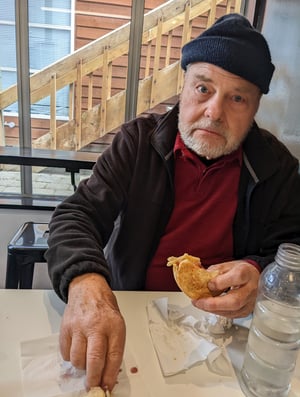

The Milford is arguably New Zealand's oldest and most famous backpacking trail. It is one of the nine "Great Walks" - multi-day hike routes identified by the country. The poet Blanche Baughan declared the Milford Track to be ‘the finest walk in the world’. Consequently, the Track is also extremely popular and was the very first thing we booked for our APAC adventure way back in May of this year, long before we purchased our first plane tickets! A little over 50 kilometers (~32 miles), the route takes you past spectacular waterfalls, crystal clear creeks, vibrant fern-packed temperate rainforest, but just one mountain pass over four days. It's also a fairly unique backpacking experience in that everyone is required to hike in the same direction and stay at the same huts (unless of course you run the 32 miles in one day). Therefore, you basically have your own new Boy/Girl scout club all hiking the same stretches and staying together in the same huts for all of the four days and three nights of the trek!
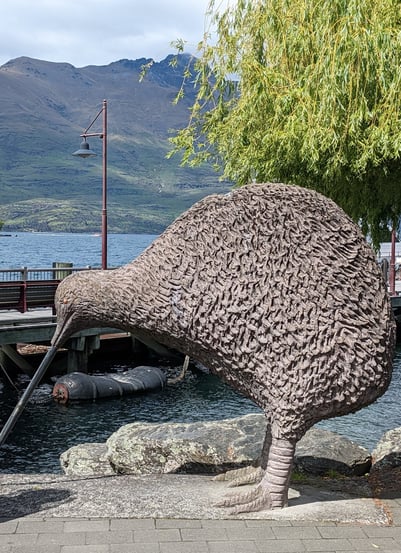

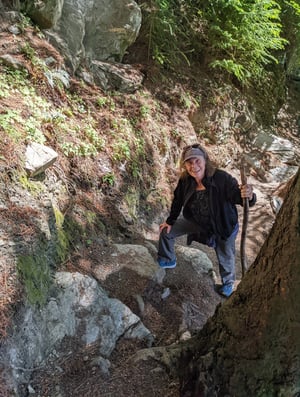

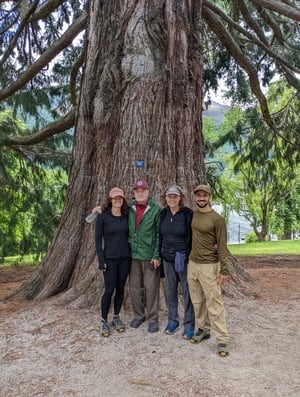

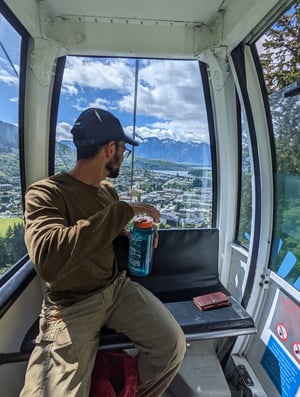

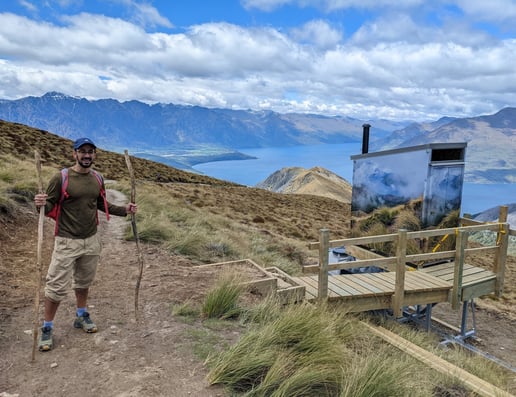

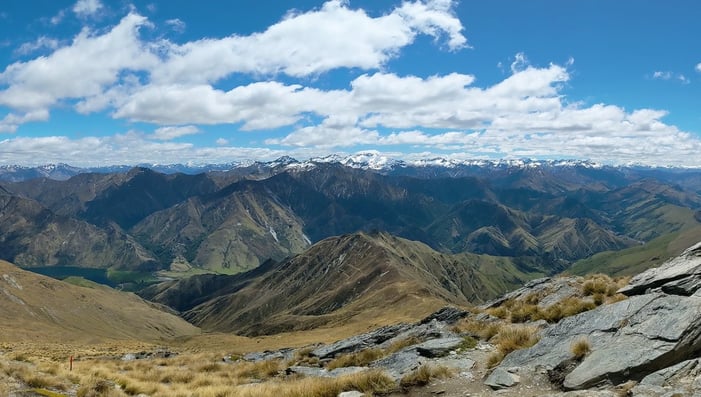

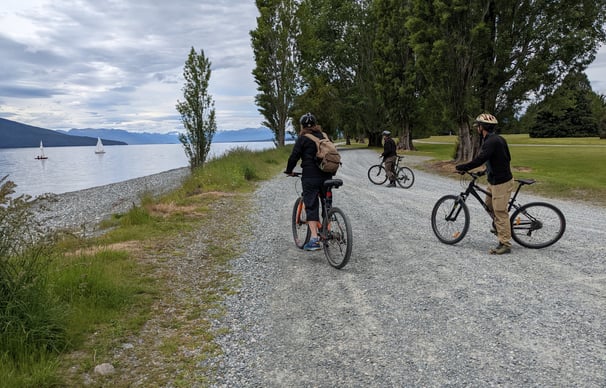

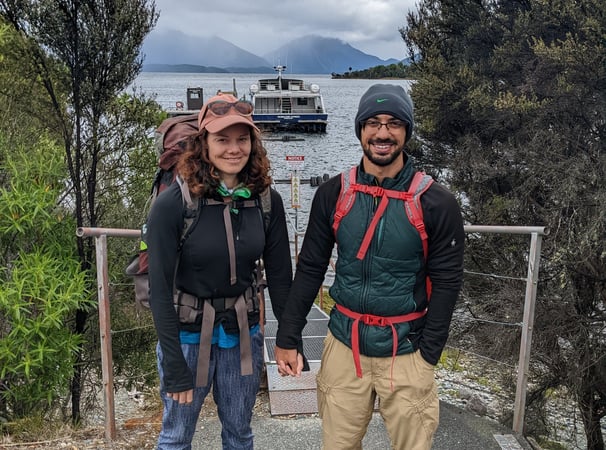

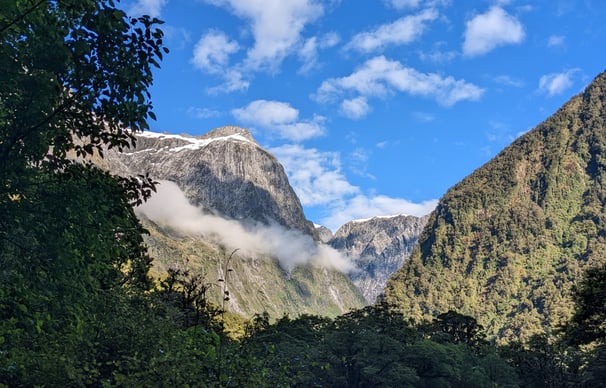

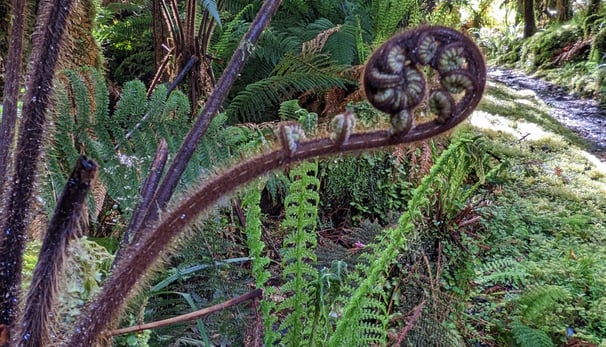

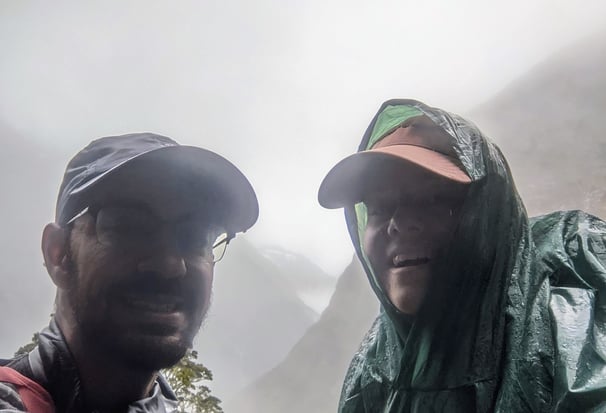

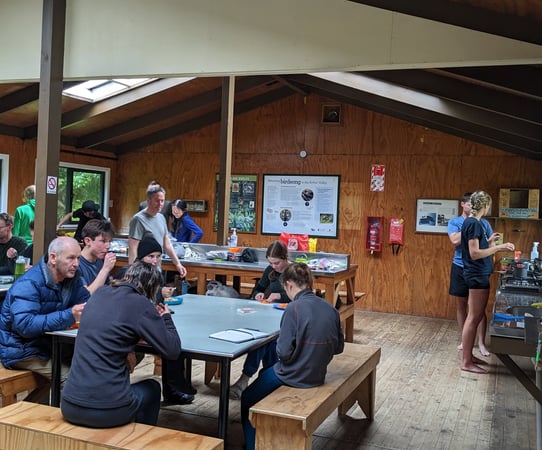

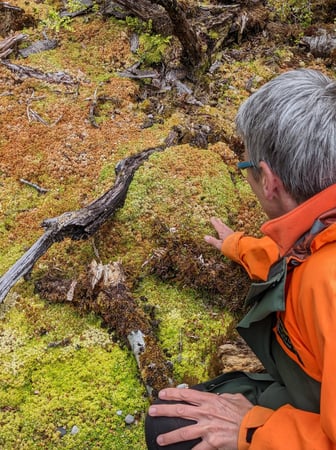

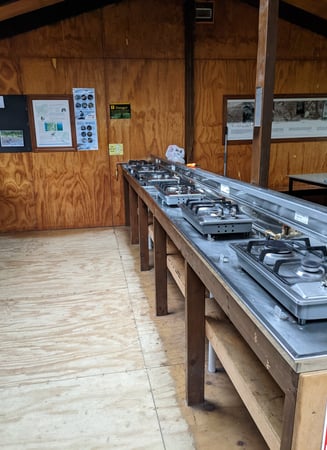

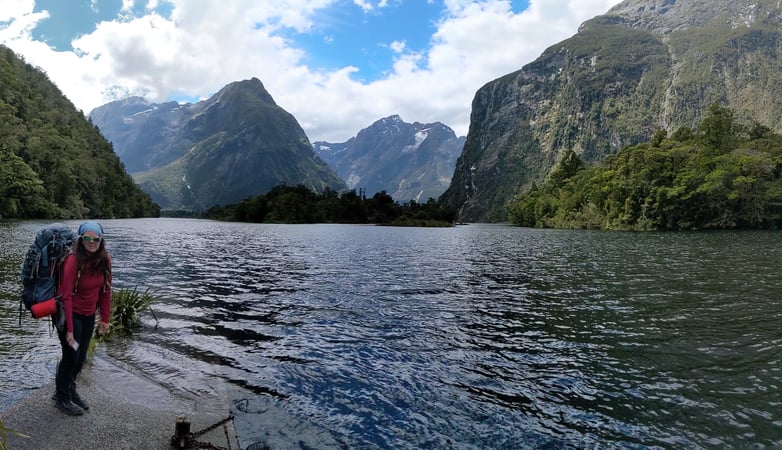

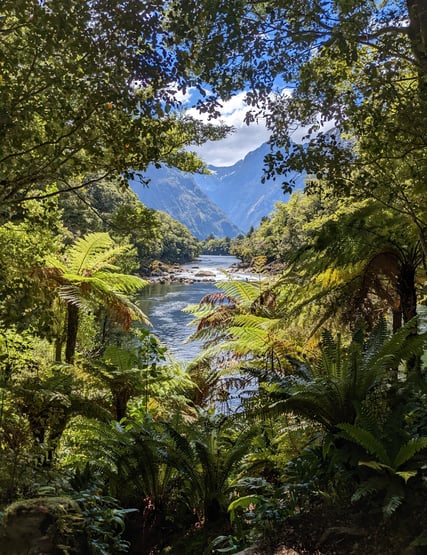

From Beattie, we got a first primer on New Zealand flora and fauna. We learned that ferns (especially the silver fern which glows at night and represents wayfinding to the Maori), beeches (which seem quite different than American beeches), most and lichen are all prominent in the New Zealand bush. As New Zealand is an island and was never part of Pangea (the giant single continent) there are only two native mammals, both bats! Isn't that crazy! Instead, NZ has an incredible array of birds, which thrived without many natural predators. Among them, the famous land-dwelling kiwi, the kia (a type of parrot, and possibly the smartest bird in the world), and the moa (a bird that looked like ostriches but much larger but were hunted to extinction by the Maori). We also learned that many invasive mammals, most rodents and house cats gone wild, have been absolutely decimating many native fauna and the country is extremely dedicated to eradicating them. There are trap boxes easily seen almost every kilometer of every hike we've been on in the country. They've seen some success and lowering numbers, but it seems like total eradication is a bit of a pipe dream.
Kiwi statues are everywhere. They are the origin of the nickname for Nzers AND of the fruit that grows well here.
Mom and I enjoyed a steep climb on day one. Go mom! We all enjoyed the giant trees in the Queenstown botanic gardens, the gondola ride and so many meat pies!
We've been impressed by the outhouses, neatly disguised with wrappings of photos of the same landscape on the Ben Lomond hike and several others in NZ.
The fiddlehead (aka the super cute, curled ends) of ferns have important symbolic meaning in Maori culture, representing a new beginning.
Some sample images of the hut kitchen/common area buildings. And Beattie, our guide, pointing out some moss that changes colors depending on how wet it is.
On the one hand, I was super grateful to have the sun finally join on us on the last day. On the other had it made me even more bummed knowing just how much more stunning all the scenery would have been if the weather treated us a little better. Still, an epic and memorable backpack.
